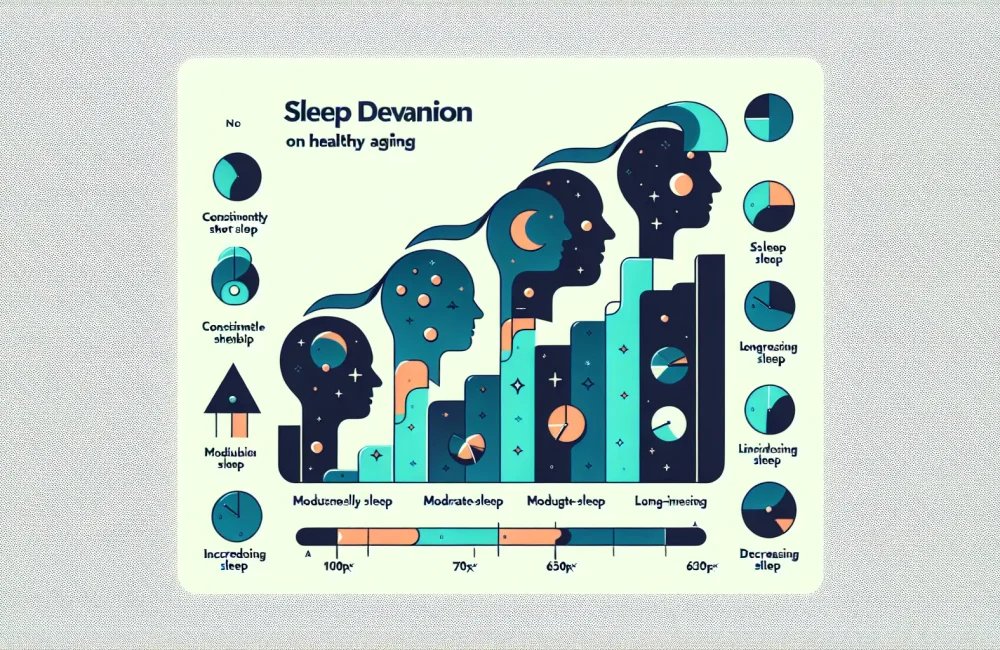By CAFMI AI From Frontiers in Medicine (Open Access)
Molecular Insights into Lipid Peroxidation and Sarcopenia
Sarcopenia, a progressive syndrome marked by loss of muscle mass and function in older adults, is increasingly recognized as a clinical challenge due to its link to frailty and diminished life quality. At the molecular level, oxidative stress plays a pivotal role, with lipid peroxidation emerging as a key damaging process. This process involves the oxidative breakdown of lipids in muscle cell membranes, producing reactive aldehydes like 4-hydroxynonenal (4-HNE), malondialdehyde (MDA), and acrolein. These reactive molecules cause extensive damage by modifying proteins, DNA, and cell membranes, contributing significantly to muscle cell degeneration. This oxidative damage disrupts mitochondrial function, triggers inflammatory responses, and leads to programmed cell death (apoptosis), accelerating the decline in muscle integrity typical of sarcopenia. Understanding these pathways helps clinicians appreciate the underlying biological drivers of muscle wasting beyond age-related changes alone.
The molecular mechanisms linking lipid peroxidation to sarcopenia include an overproduction of reactive oxygen species (ROS) originating from mitochondria, weakening of the cellular antioxidant defense systems, and the activation of muscle protein degradation pathways such as the ubiquitin-proteasome system and autophagy. Impairments in lipid metabolism and compromised membrane stability further increase muscle cell susceptibility to damage. This comprehensive picture clarifies the multifactorial nature of sarcopenia and provides several potential molecular targets for clinical intervention.
Therapeutic Strategies Targeting Oxidative Stress in Sarcopenia
Given the central role of oxidative stress and lipid peroxidation in sarcopenia progression, several therapeutic strategies have been explored and show promise for clinical use. Pharmacological antioxidants such as N-acetylcysteine, a precursor to glutathione, and coenzyme Q10 have demonstrated efficacy in reducing oxidative damage in muscle tissue, potentially slowing muscle loss. Dietary approaches rich in antioxidants and polyunsaturated fatty acids support muscle health by enhancing the body’s natural defense against lipid peroxidation. Incorporating foods with high antioxidant content and omega-3 fatty acids can be a pragmatic first step for clinicians advising older patients.
Exercise interventions are particularly effective, as tailored physical activity enhances endogenous antioxidant capacity and stimulates muscle regeneration. This dual action not only counteracts oxidative damage but also promotes functional improvements in muscle strength and endurance. Innovative treatments under investigation include agents that directly modulate lipid metabolism and natural compounds derived from plants with anti-lipid peroxidation effects. Integrating these approaches within a personalized care plan could optimize outcomes, delay sarcopenia onset, and improve quality of life for aging adults.
Implications for Clinical Practice and Future Directions
Recognizing lipid peroxidation as a critical factor in sarcopenia offers new perspectives for primary care and specialty clinicians managing elderly patients. Early identification of oxidative stress markers may allow for timely interventions before substantial muscle loss occurs. Counseling patients on nutrition and exercise designed to mitigate oxidative damage is vital, along with monitoring for red flags such as rapid muscle wasting or functional decline that could indicate exacerbation.
Limitations remain, including the need for larger clinical trials to validate antioxidant therapies and to clarify optimal dosing and timing. Also important is the integration of lipid peroxidation markers into routine sarcopenia assessment protocols, enabling a more targeted therapeutic approach. Future research should focus on translating molecular insights into accessible diagnostics and treatment algorithms that fit within primary care workflows. Follow-up strategies must emphasize sustained lifestyle modifications and periodic reassessment to manage sarcopenia effectively over time, ultimately enhancing patient autonomy and reducing healthcare burden.
Read The Original Publication Here






